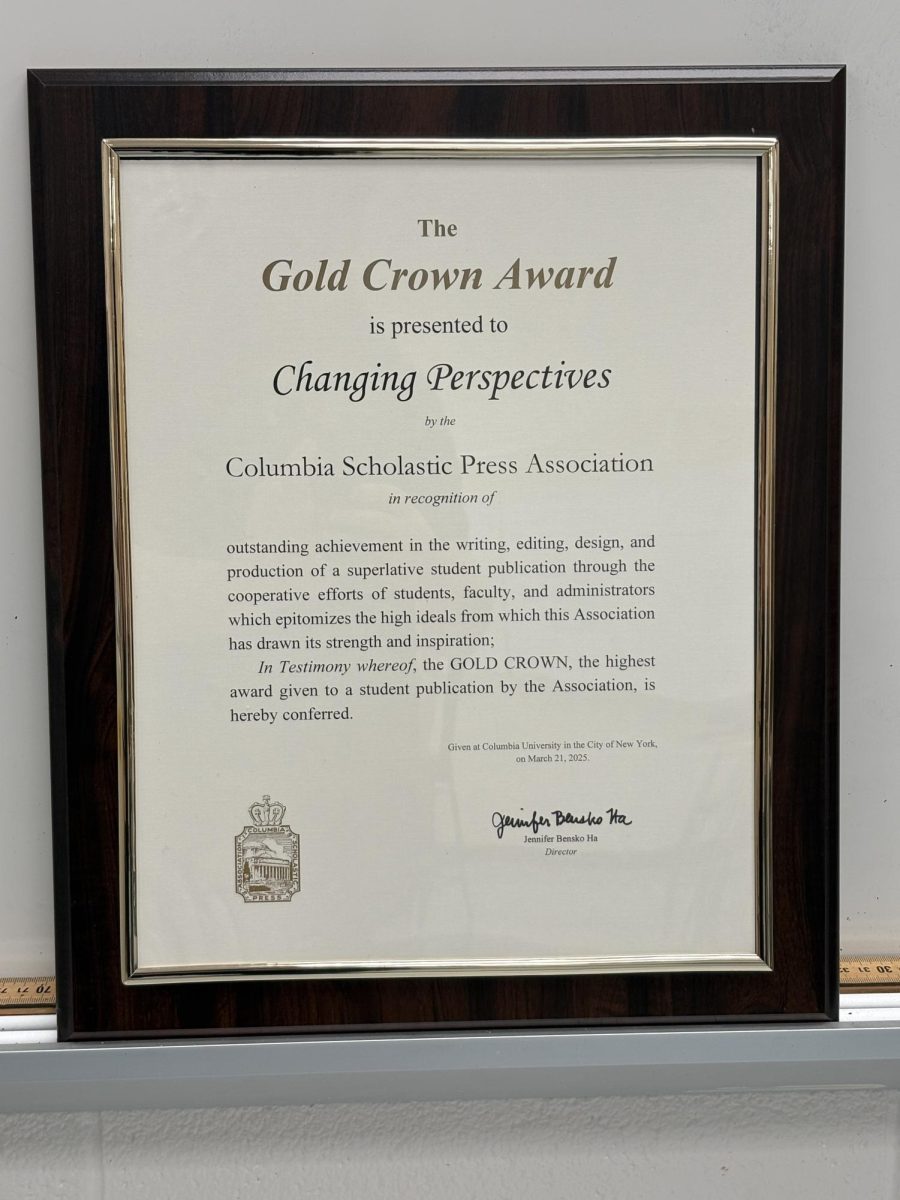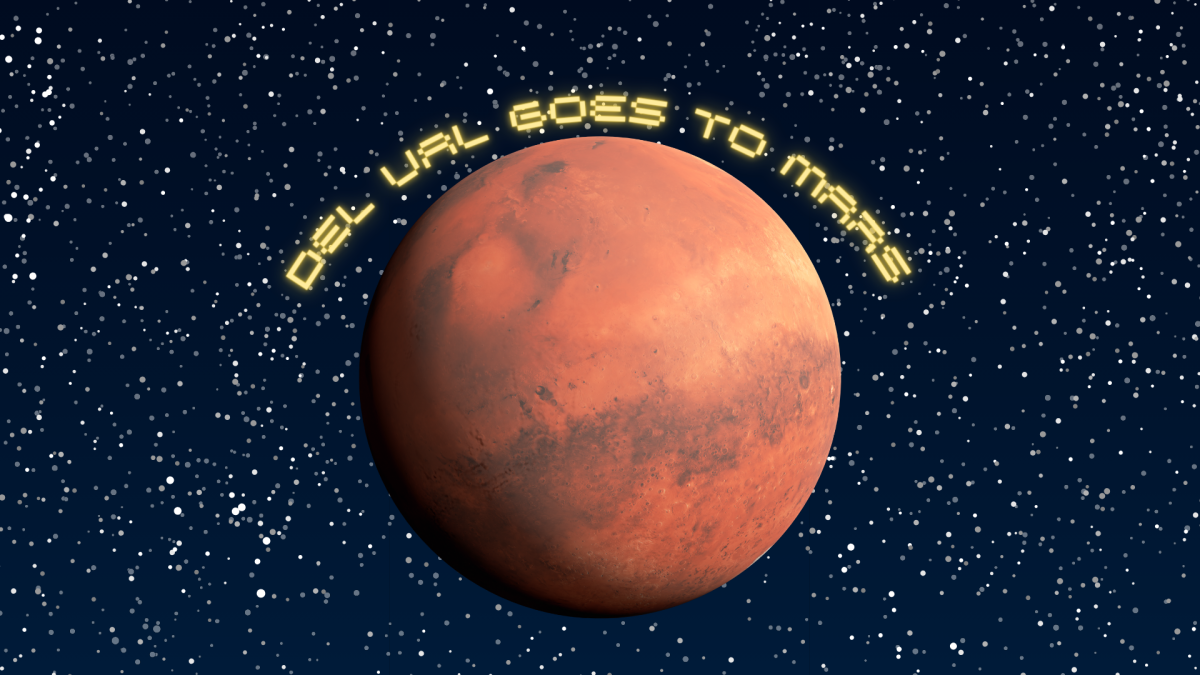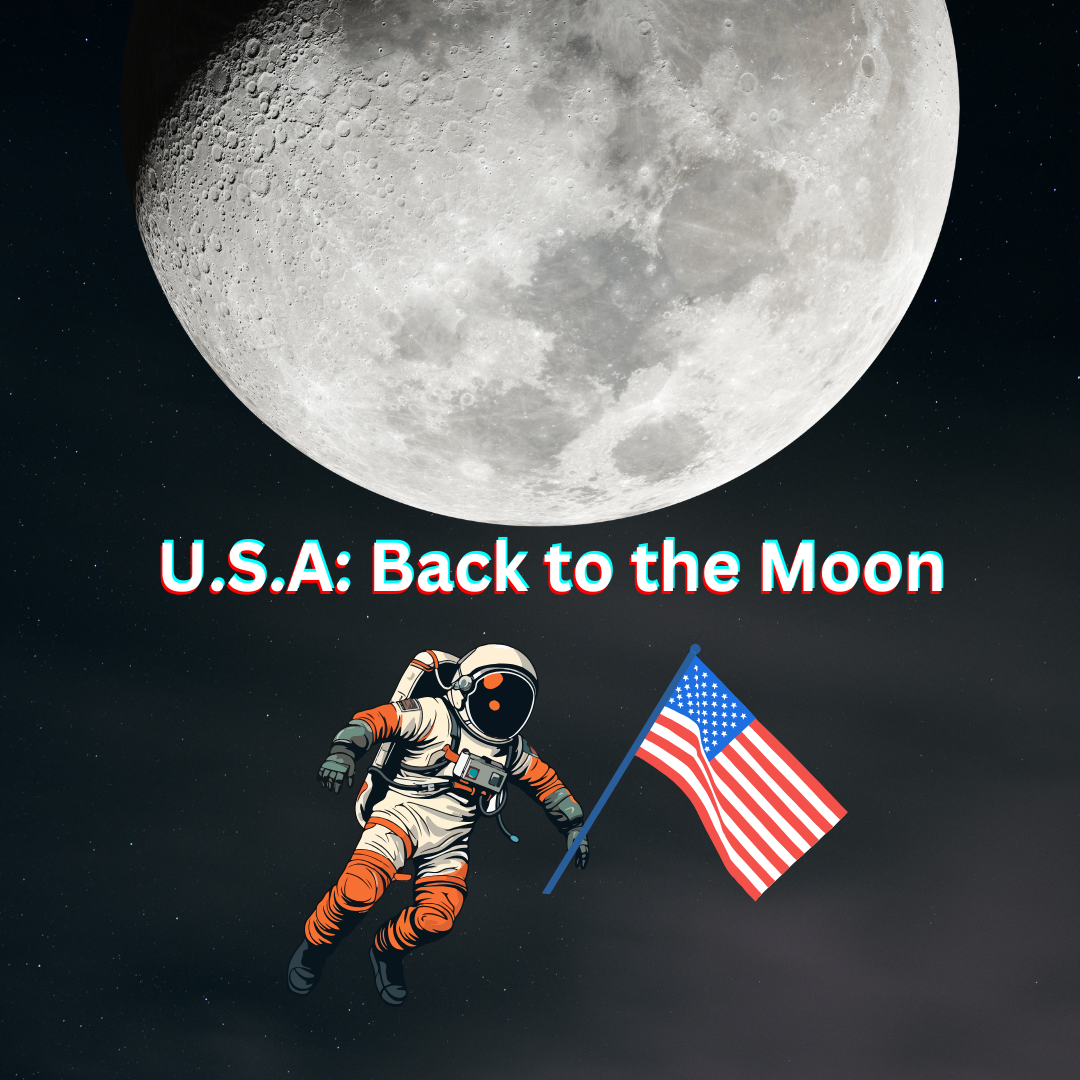The National Aeronautics and Space Administration (NASA) announced that their new Artemis mission will orbit the moon in Sept. 2025 and Artemis II will land on the moon a year later in 2026. This space voyage was originally planned for Jan. 2024, but due to safety issues, they had to push the launch date back to Sept. 2025.
This is a huge step for not only the U.S.A., but humanity as well. The last time humans were this close to the moon was in 1969, marking 55 years since the Apollo missions.
NASA hasn’t gone back to the moon since because of how much it would cost, and they felt no need to go back. The moon is a huge ball of rocks, most of which are similar rocks to the ones on the earth, so there wasn’t much to discover about the moon.
But if there was no need to go back then why would they want to go back now? NASA changed their mind about how interesting the moon is. They believe that the tests they take on the moon will give them enough information and better technology to be able to go to Mars or farther.
NASA also sees economic advantages in returning to the moon. There are materials on the moon, like beryllium, lithium, zirconium, niobium and tantalum, which are rare on Earth and expensive to obtain.
If they did go back to the moon they would want to harvest Helium-3, as it can be used to create clean usable energy. However, extracting the ore would be a problem because the pollution from mining would build up.
Aside from that, NASA also wants to establish a human presence on the moon and start to colonize it.
Going back to the moon and leaving people there presents many problems though. They would need to have enough fuel to get there and back, have enough materials on the rocket to sustain human life on the moon for a few months while they wait for more people and resources to arrive.
“I would definitely say it’s a good idea to go back to the moon,” Physics and Astronomy teacher Sean Johnson said. “There’s a lot, not only the moon, that we don’t know about, but it also acts as our closest test ground.”
Johnson also expressed that the moon has resources that the earth doesn’t. It also gives us the potential to expand further into the solar system.
“We will be exploring a new region of the moon, being the South Pole, to try and find if there is any liquid water,” Johnson said.
The moon is a possible place to build an off planet base. This would help us gain experience on building off planet colonies and make it easier and safer to start new ones on different planets.
Colonizing the moon will make it easier to travel further out into space due to its weak gravity, so rockets would use less fuel getting off the moon then it would to get off the Earth. If NASA can set up a base on the moon, it will be easier to see and study stars, asteroids and planets because there’s little to no atmosphere on the moon. The Earth’s atmosphere distorts light and clouds the view from eyes or a telescope.
All this traveling and rocket building comes at a cost, though. Artemis will cost up to $93 billion excluding inflation. Every Artemis mission after that will cost an extra $4.2 billion.
A lot of people are mad at the fact that we are wasting money to go back rather than going to Mars or just using it for the people on Earth.
Going back to the moon might be the jump start humans need to get to Mars and even other planets outside our solar system.














































































